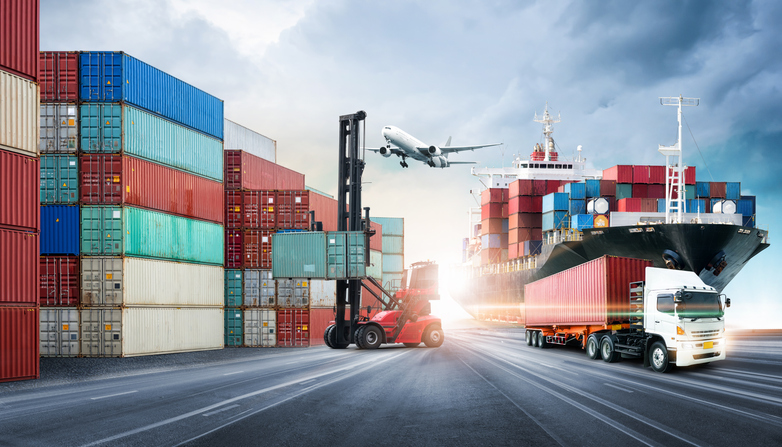

A recent outbreak of COVID-19 in Zhejiang, which is a manufacturing hub and home to the world’s largest cargo port, Ningbo-Zhoushan, caused new quarantine and mobility restrictions for thousands of workers on site. New lockdowns were declared and the workforce in ports was halved to ensure that an outbreak would not infect all workers. Unsurprisingly, this was the case when the ‘ Zero-Covid Policy’ was implemented. As the largest exporter of goods in the world, and Canada's second-biggest trading partner, any meaningful alteration in China’s patterns of production, distribution or consumption of goods has global consequences. The weight of China in the crisis, as a producer and exporterįurthermore, particular attention must be paid to China when assessing supply chain disruptions. For instance, the surging cost of shipping boosted Maersk’s gross profits in the third quarter of 2021 to USD $5.9 billion and sales to USD $16.6 billion, its best performance since founding in 1904. A major increase in the cost of shipping has resulted in increased profits for the multinational actors that control the market. Swiss-Italian company, Mediterranean, and its Danish counterpart Maersk, own the largest pieces of the pie, controlling 17.1 per cent and 16.9 per cent respectively. On January 23, 2021, Alphaliner’s top 100 showed that seven transnational corporations controlled 76.9 per cent of the share of the shipping market. This surge in freight rates benefited the largest shipping companies associated with the World Shipping Council. This situation concentrates shipping transportation in the hands of the biggest retailers like Walmart, Amazon, Kroger, and Home Depot among others. Small businesses and farms can no longer keep pace with increasingly elevated shipping costs. Therefore, producers and consumers that rely on China and are based in Canada, the United States, and Mexico may be experiencing some of the greatest financial strains.

According to this Index the most expensive routes are from China/East Asia to the North American East Coast ($16,893 USD) and from China/East Asia to the North American West Coast ($15,218 USD). According to the Global Container Freight Index, the average global value of transporting a container went from $1,362 USD in November 2019, to $9,628 in February 2022. However, the current supply chains disruptions, coupled with increasing climate vulnerabilities, are increasingly calling this assumption into question.Īs shipping freight accounts for the transportation of at least 90 per cent of goods around the world, any sudden alteration in the costs of shipping will impact supply chains.
#SUPPLY CHAIN ISSUES 2021 FREE#
It is assumed that relying on international free trade to provide factory inputs and consumer goods is the best way to achieve economic development.

In this system, developed economies are the primary beneficiaries, relying on imports of raw materials or intermediate goods from developing economies to produce manufactured goods. The last three decades of global economic activity are characterized by the transnational integration of markets for the production, commercialization, and consumption of industrial and agricultural goods, which has increased the complexity of global supply chains. Although the international exchange of goods will remain a defining element of the global economy in the immediate future, a lesson that arises out of the current crisis is that each state must rethink and redesign their main economic processes and industries to cover the most basic needs of their population and to mitigate instability. Doing so means paying due consideration to the different interests of stakeholders interacting at a domestic and transnational level. Overcoming these difficulties will require a transnational perspective that envisages the coordination of socio-legal, economic, and political interventions along all phases of the supply chain. This piece reflects on what appear to be the main causes of global supply chain disorder, and it argues that international free trade and the self-regulating market are insufficient to alleviate the crisis. High inflation and a decrease in economic growth are strictly related to supply chain disruptions.

Its effects can be seen in the inflation of production and shipping costs, labour shortages, the role of China in the global economy, and the automobile industry, among others. The pandemic has negatively impacted numerous aspects of supply chains.


 0 kommentar(er)
0 kommentar(er)
